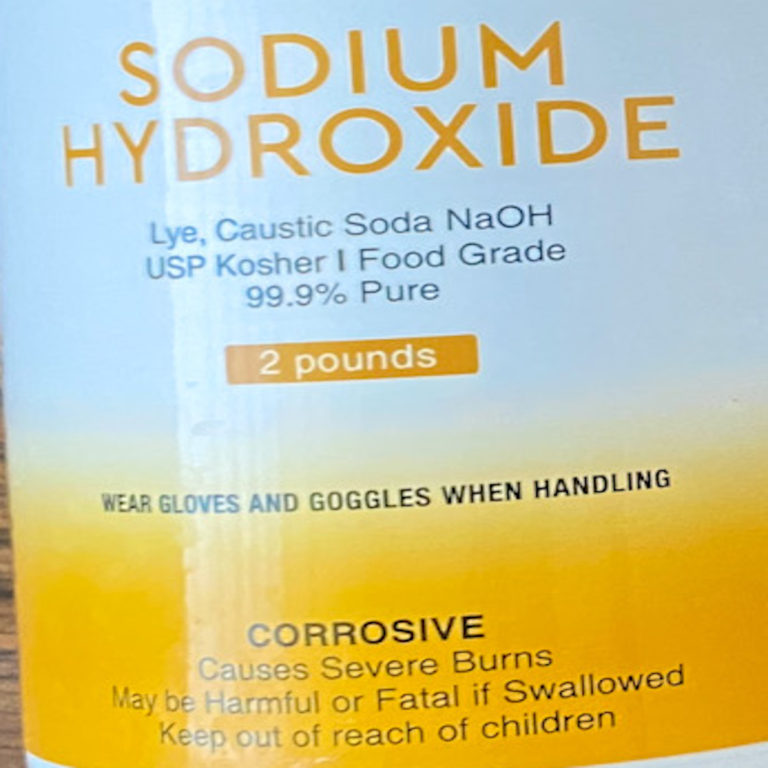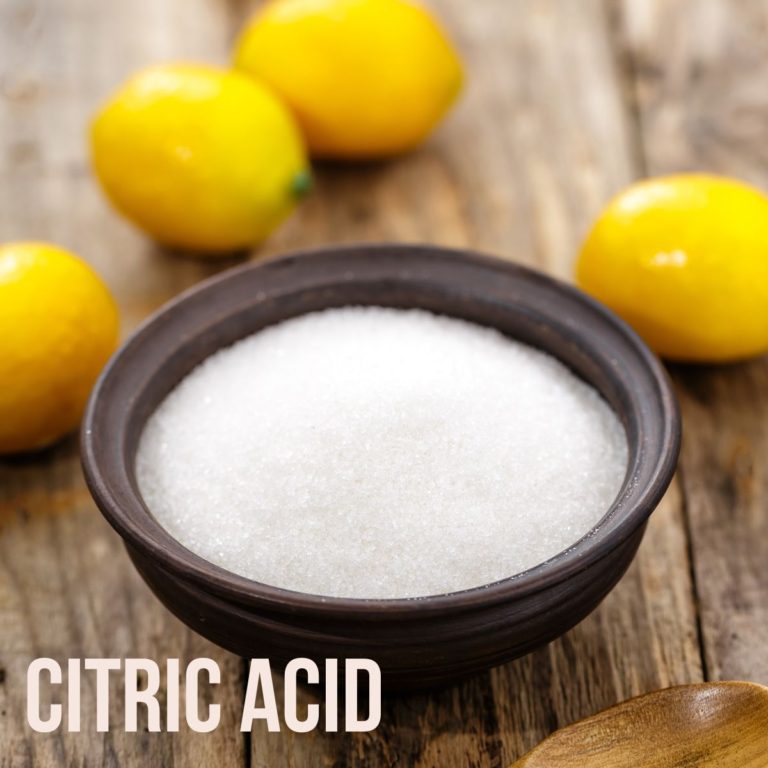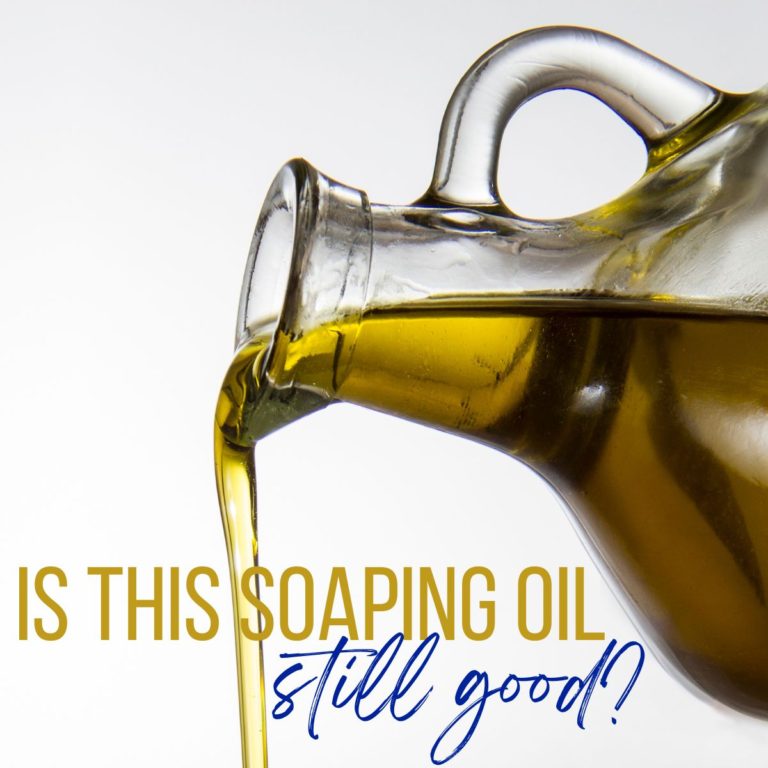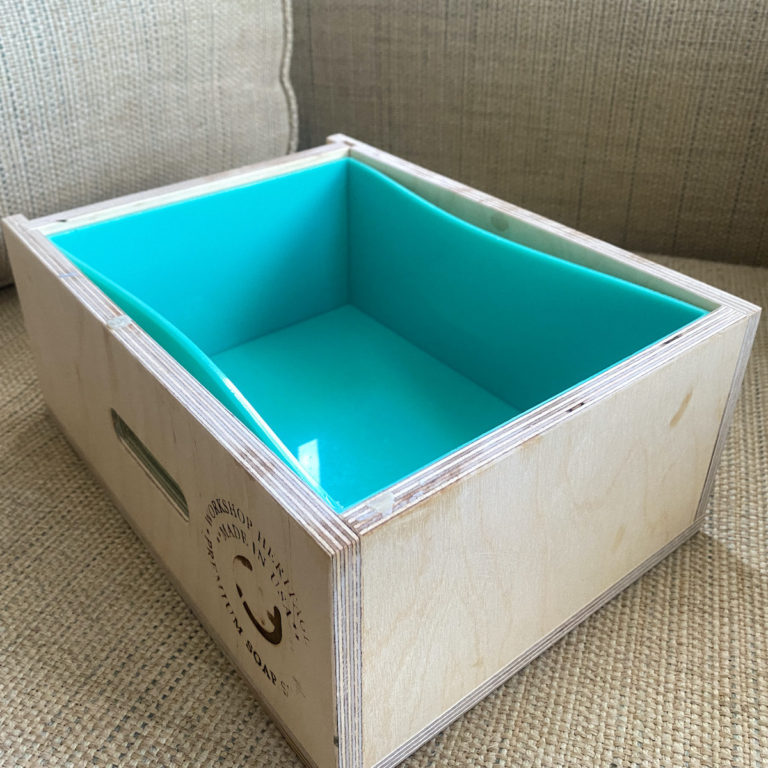Why You Should Switch To Sustainable Palm Oil Now
Using sustainable palm oil may be a good way to reap the benefits of palm oil while supporting the producers who are doing what we hope for – making efforts to produce palm oil responsibly.
Is it a perfect solution? The right thing to do? I don’t know.
All I know is that if there’s way to support palm oil that’s been sustainably produced, that’s something I want people on a mass scale to support.
A Little About Palm Oil
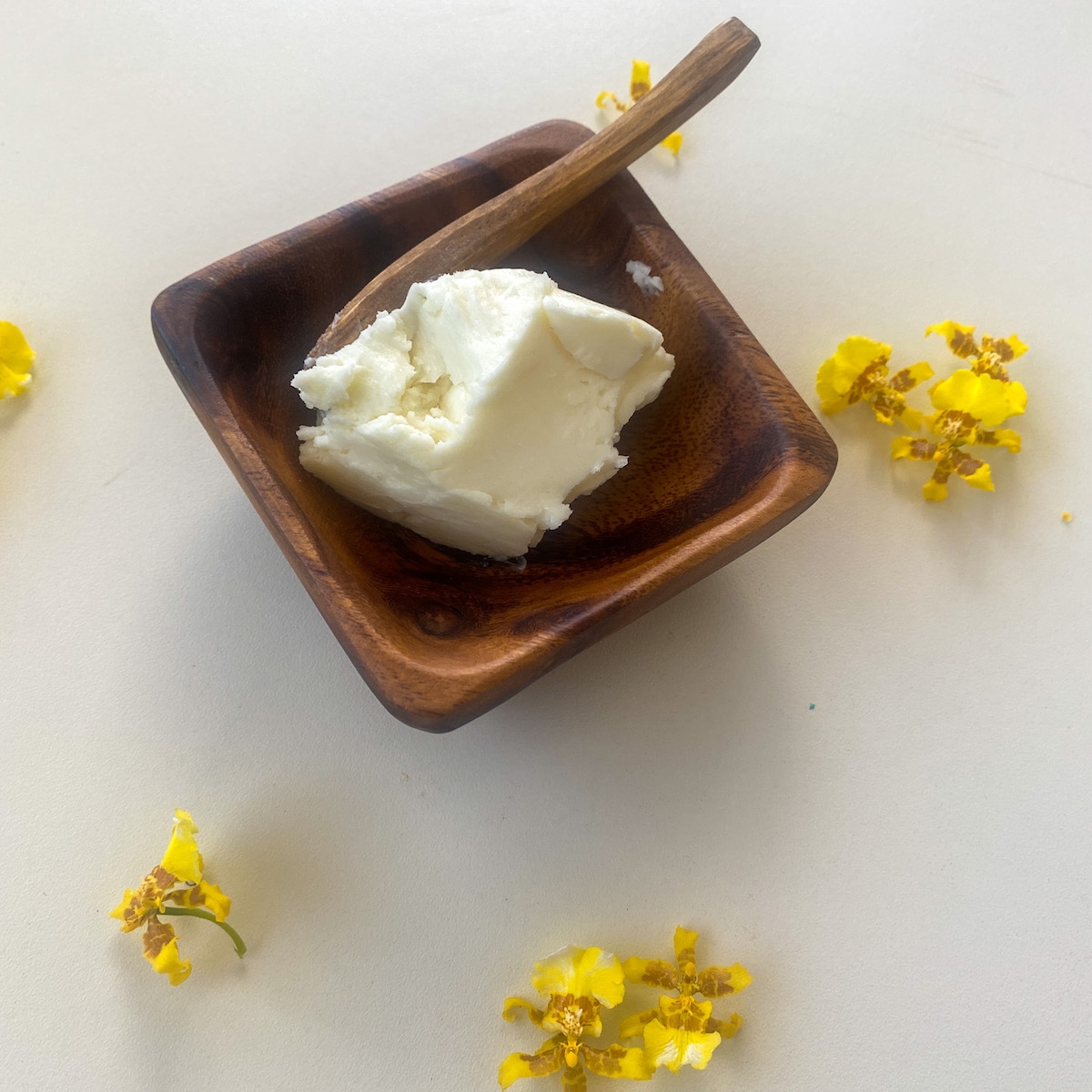
Listen, palm oil is some great stuff. That’s why the problem has gotten as bad as it is now – because palm oil is so good at giving us what we want.
It’s incredibly versatile, shelf-stable, semi-solid at room temperature, provides great taste (in food products) and texture (in soaps and many other personal care products, as well as foods), and even boasts health benefits.
In short, it helps to create awesome products that we human-peoples love.
But as you’re already aware if you’re reading this article, palm oil is associated with some pretty deplorable practices.
I think we can all agree it’s not the palm oil itself that’s the problem. The problem lies in the way we cultivate it – with a lack of respect and balance. We’re talking:
- deforestation so bad it impacts climate change
- habitat loss so severe it threatens the endangered orangutan species
- exploitation of workers including:
- forced labor
- child labor
- lack of safe conditions for workers, sometimes leading to miscarriages or crimes like rape
In no way should we support that.
85% of the world’s palm oil is grown in Indonesia and Malaysia. Because of this, the people, animals, and habitats of these countries are left to suffer for the world’s love affair with palm oil.
Really, how many of us can imagine being forced into repetitive manual labor all-day every-day, probably in harsh weather conditions and under the threat of violence? Or a fire sweeping through the only home that you’ve ever know, sometimes with you in it? Unfortunately its a reality for so many and its tied to our demand for palm oil.
Most of us aren’t paying close enough attention to the details of the foods we’re consuming and the products we’re using to even know how much we’re indirectly supporting the palm industry. This stuff is in approximately 50% of the packaged products we buy including surprising items like makeup and laundry detergent, along the more obvious products like packaged foods.
There’s a growing awareness of all this palm business BS, and more pressure is being put on companies and governments to rectify the situation.
It also seems to be resulting in 2 main options for consumers looking to exercise more environmental responsibility:
1. Avoid it
We want to send the message that we will not tolerate or support the destruction of vital natural habitats or abuse of human rights. Not purchasing any palm oil at all or products made with it is a simple and clear-cut way to do that.
Yet many feel boycotting palm oil may not be the answer.
Remember that palm oil can be sustainably produced. We want to support that because it’s an incredibly efficient crop. Oil Palm produces more oil in a single hectare than any other crop out there. The World Wildlife Fund shares that “To get the same amount of alternative oils like soybean, coconut, or sunflower oil you would need anything between 4 and 10 times more land, which would just shift the problem to other parts of the world and threaten other habitats, species and communities.”
And boycotting palm completely can remove a major source of income from areas where vulnerable populations have barely any options for earning a living aside from taking a role in producing palm oil.
2. Use Certified Sustainable Palm Oil (CSPO)
Let’s dive deeper into this option below..
About Sustainable Palm Oil
You may see “sustainable” palm oil labeled as CSPO or RSPO (Roundtable on Sustainable Palm Oil) Palm Oil. The Roundtable on Sustainable Palm Oil provides a set of criteria for producers of palm oil, that when followed, minimizes harm to the “environment and communities in palm oil-producing regions.”
But lets be real – a label is sometimes just a label. We aren’t there to see how the palm oil is grown, harvested, and distributed unless we invest the time and resources it will take to hook up with the farmers and manufacturers and make a trip out to check out the crops we’ll be sourcing from.
All most of us are able to do is trust that this particular label DOES mean something, keep our eyes and ears open, and let our demand for sustainable practices be know.
I believe supporting palm producers who are trying to do good ultimately helps. Anytime we spend money on a product, or in this case supplies to make our own products, we’re voting with our dollars. We’re rewarding the producer of the goods we’re buying.
Pros & Cons
Will using sustainable palm oil for soap making cost more? YES.
It’s cheaper, no doubt, for producers to grow on cheaply deforested land and pay workers unfair wages. Doing otherwise takes more time, and time is money. On top of that, agricultural land costs money. All these costs make their way through every step of the consumer cycle and you’ll end up feeling the pinch your pockets.
Despite the pain of parting with more money, I believe it’s a trade-off you’ll feel good about making.
Reasons to use sustainable palm oil include:
- knowing that you’re using oil from the most efficient oil producing crop, which means the least amount of required farming land compared to all other plant oils
- since palm has a long shelf-life and is not prone to oxidation, it in no way will shorten the shelf life of your soaps (the shelf-life of soap depends on the shelf-life of the oils used to make it)
And Specific To My Soap Makers…
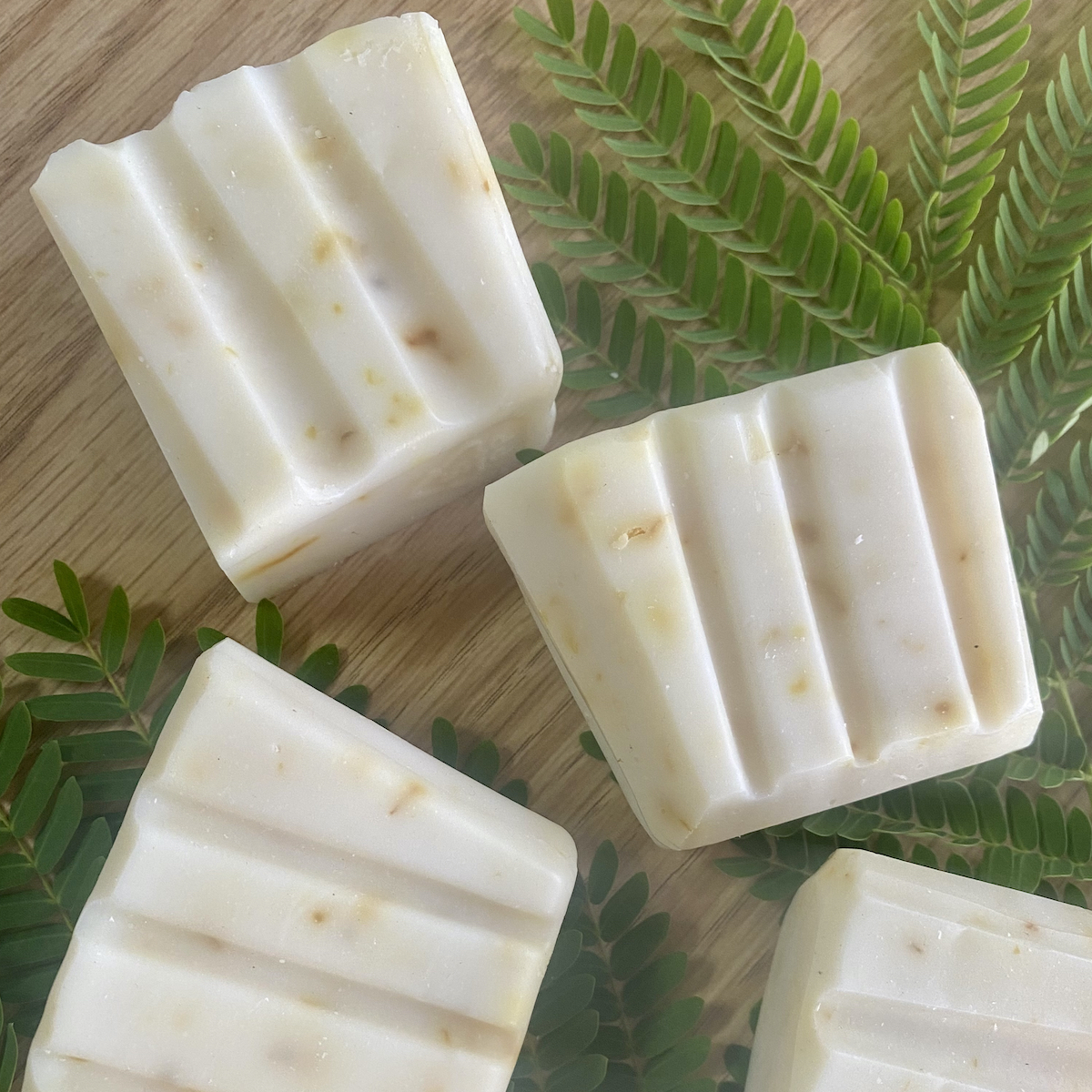
- the semi-solid consistency of palm really helps to create a nice hard bar of soap, which lasts longer in the shower than soaps that don’t include an oil with properties similar to palm
- helps to create a great lather
- high in vitamin E
But if you want to avoid palm in your soap making altogether, here are two of my favorite palm-free soap recipes.
Where To Find Sustainable Palm Oil
At this point, at least where I live, Certified Sustainable Palm Oil isn’t on very many grocery shelves at all.
If you aren’t able to find a local source either, you can order it online. For those of you making soap in larger quantities, this is probably a better option for you anyway.
I’ve purchased some good palm oil shortening through Amazon, which also has other options for sustainable palm.
Although you have to look a little harder to find CSPO, once you find a good source it doesn’t take any extra effort. You just keep purchasing from that source.
Final Thoughts On Sustainable Palm Oil
Using sustainable palm oil is no harder than using any palm oil. It just costs more and takes a little bit of extra effort to source.
It can result in a great homemade product, whether it’s a flaky pastry or awesome bar of soap, that you don’t have weighing on your conscience.

